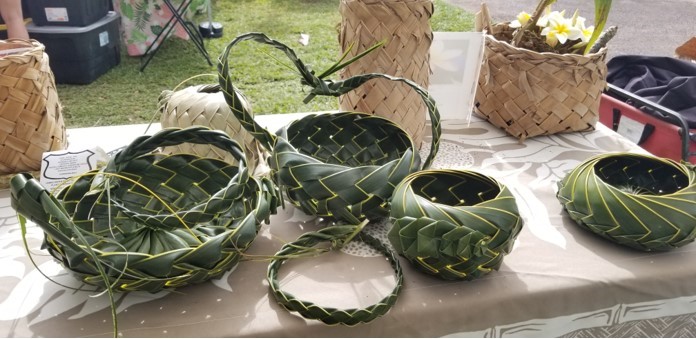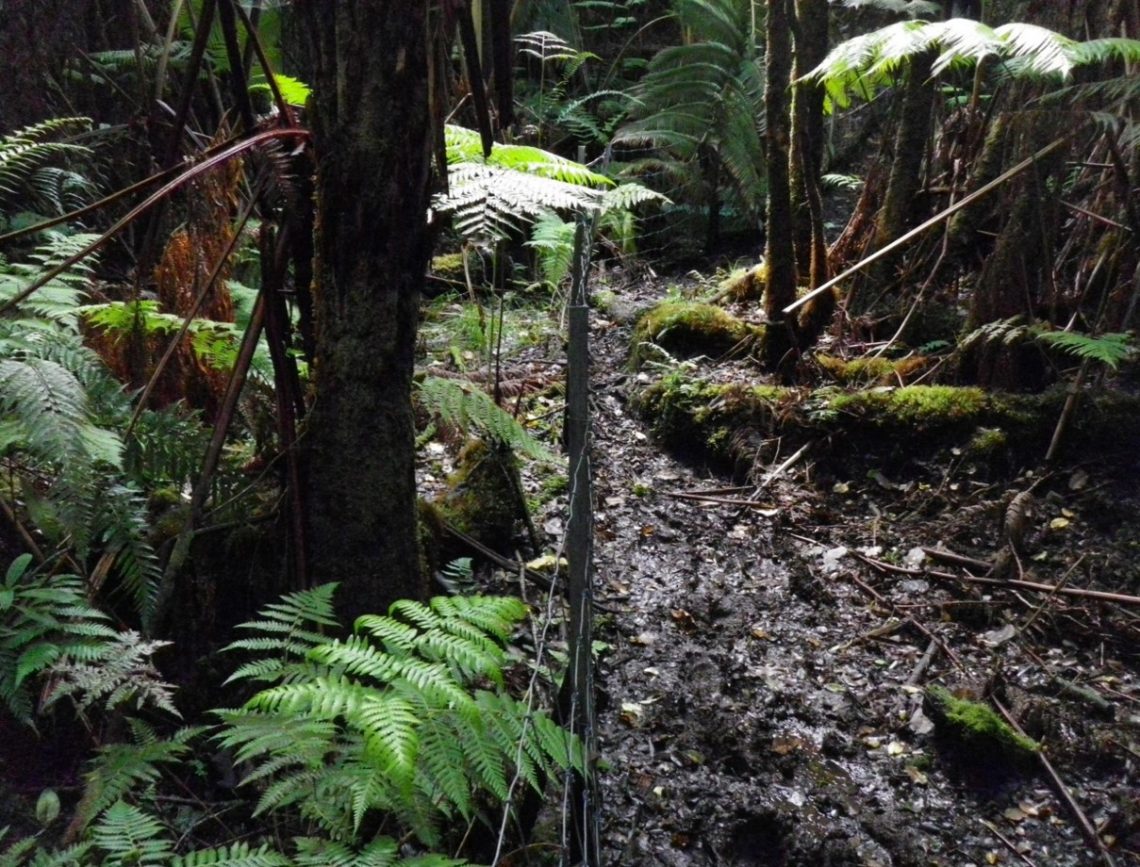Would-be weavers spilled out of the shade under an open-sided tent at the Arbor Day event at Maui Nui Botanical…
Read More
MISC is Hiring Field Crew
MISC is hiring field crew for both plant and coqui control teams. These positions are temporary ( up to 5-months)…
Read More
Detection of Coconut Rhinoceros Beetle on Maui Highlights Importance of Community Involvement in Pest Prevention
The Coordinating Group on Alien Pest Species (CGAPS), program staff from the Hawaiʻi Invasive Species Council (HISC), and the five…
Read More
643PEST simplifies reporting invasive species throughout Hawai’i
In the late 1990s, a Maui-based ecologist and scientist working with the US Geological Survey (USGS) envisioned a simple, straightforward…
Read More
Earthworms: an invasive species underfoot in Hawai’i
If you garden, you’ve gained an appreciation for the relationship between soil and plant health. From soil pH to mineral…
Read More





